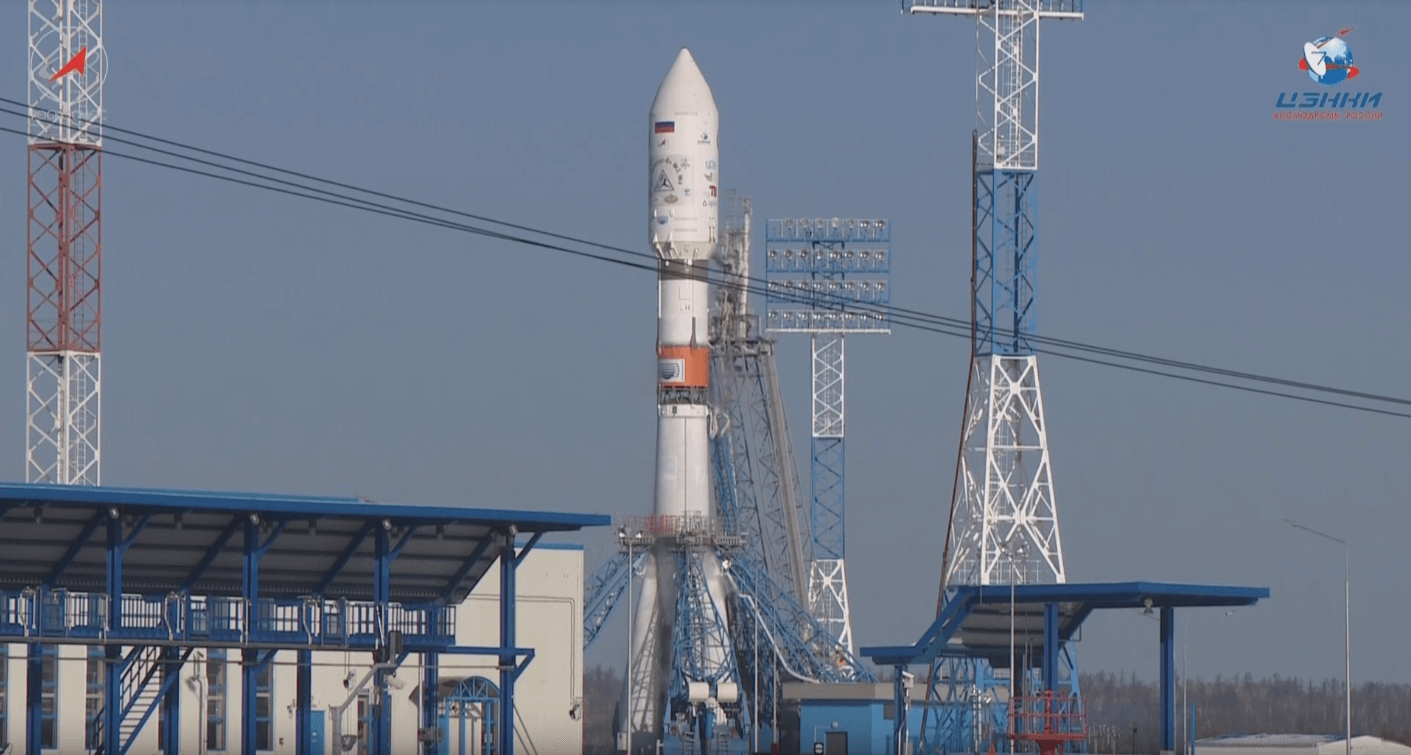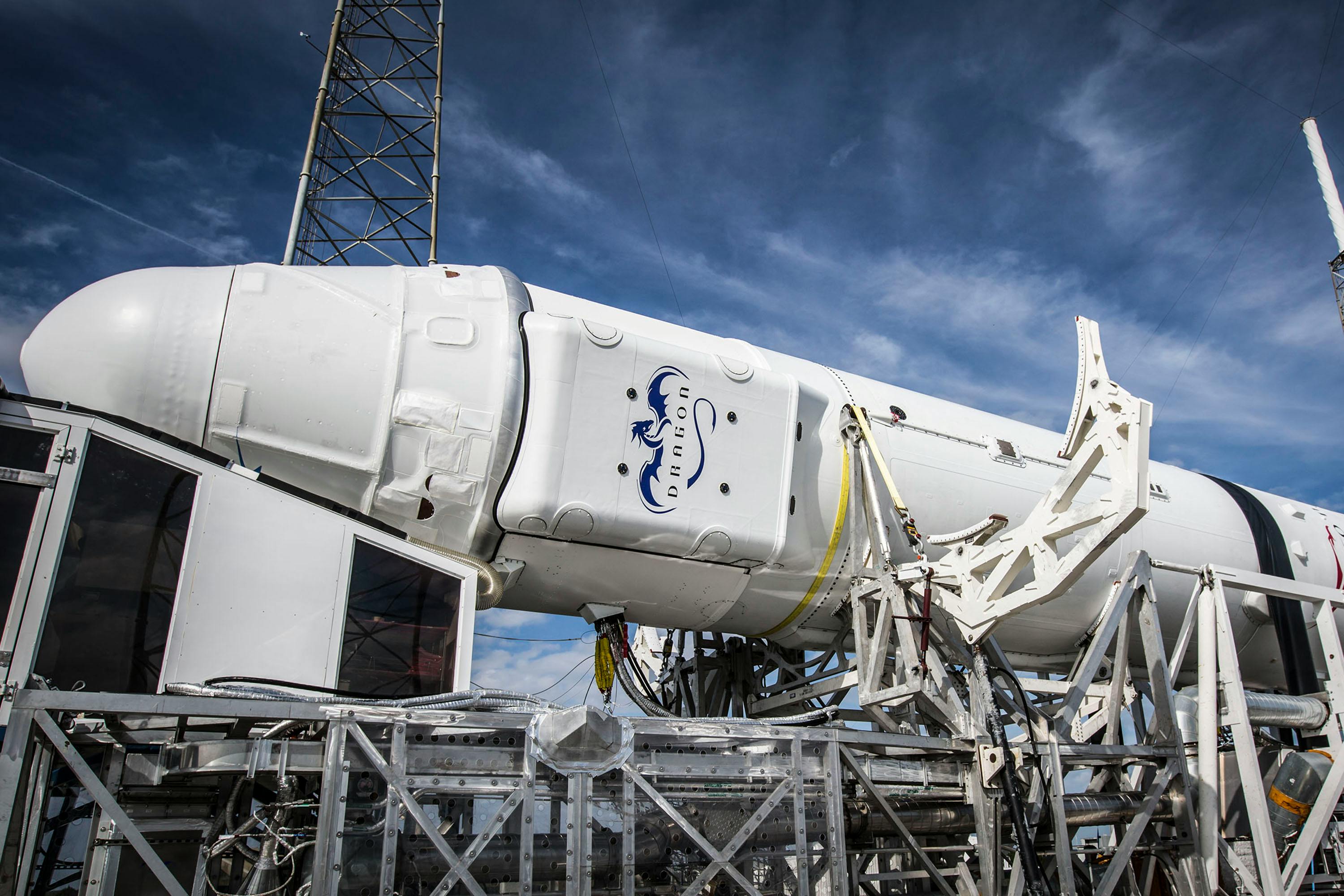· space brief · 6 min read
Space Brief 3 Jul 2025
Today's coverage includes the cancellation of DARPA's DRACO nuclear propulsion project, global shifts in Earth observation strategy, and new developments in satellite technology and military collaborations.

📄Top Stories
The cost efficiency of launching satellites has prompted DARPA to cancel its DRACO nuclear propulsion project with NASA. The growing demand for sovereign Earth observation capabilities is reshaping global strategies, driving a surge in defense satellite programs. Meanwhile, the U.S. Space Force and LeoLabs have announced funding for innovative satellite technologies.
📰Detailed Coverage
DARPA Cancels DRACO Nuclear Propulsion Project
DARPA has opted to cancel its DRACO nuclear propulsion project, a collaborative effort with NASA aimed at developing advanced space propulsion technology. The decision was influenced by a decrease in satellite launch costs and a reassessment of the project’s feasibility in the current economic climate.
In lieu of pursuing nuclear propulsion, DARPA is focusing on leveraging the financial opportunities presented by more affordable launch options, reshaping its strategic priorities. This change underscores the dynamic nature of space technology advancement, where cost and efficiency are consistently recalibrated.
Read the full story: SpaceNews
Sovereign EO Satellites Fueling Market Surge
Global strategies for Earth observation are undergoing significant transformation as the demand for sovereign capabilities in defense satellite programs grows. This shift is projected to fuel a market surge, valued at $182.6 billion, as governments seek to enhance national security through independent satellite technologies.
The trend reflects a strategic pivot towards defense-optimized satellite infrastructures, emphasizing the role of satellites in national security. As countries globally invest in these resources, it highlights the increasing intersection of technology with geopolitical priorities.
Read the full story: SpaceNews
Space Force Backs Atomic-6 Solar Power Development
The U.S. Space Force will fund Atomic-6’s development of solar power arrays for satellites, which are engineered to be both compact and efficient through their foldable design. Located in Georgia, Atomic-6 specializes in groundbreaking solar technology aimed at enhancing satellite energy efficiency.
This investment represents a significant step in advancing satellite resilience and performance, crucial for sustained operations in space environments. The Space Force’s support underscores its commitment to evolving satellite technology for superior capability and efficiency.
Read the full story: SpaceNews
LeoLabs Secures Funding for Mobile Radar
LeoLabs has been awarded significant funding from the U.S. military to develop mobile radar systems designed to track missiles. The funding, facilitated through a Tactical Funding Increase (TACFI) agreement, underlines the critical importance of rapid response and adaptability in military technology.
These radars aim to provide real-time data acquisition, enhancing situational awareness and defense capabilities. This initiative highlights ongoing efforts to improve tracking and defense infrastructure using advanced radar technology.
Read the full story: SpaceNews
Army Tests Blackbeard Hypersonic Missile Program
The Army is set to test Castelion’s Blackbeard hypersonic missile system by 2026, with an emphasis on optimizing performance and cost-efficiency. This initiative symbolizes a collaborative approach to advancing missile technology, focusing on innovative strategies to expedite development processes.
The project reflects the defense sector’s prioritization of hyper-velocity weapons and their integration into modern military arsenals, underlining the strategic shift towards faster and more adaptable offensive capabilities.
Read the full story: Breaking Defense
Navy’s Global Exercise to Include NATO Allies
The U.S. Navy’s biennial global exercise will feature participation from Canadian, Japanese, and NATO officials in 2025, marking its third iteration. Known as the Large Scale Exercise, this initiative aims to foster international military collaboration and bolster collective maritime strategies.
The exercise underscores the importance of interoperability and cooperative defense efforts among allied nations, reinforcing global security commitments in an increasingly complex geopolitical landscape.
Read the full story: Breaking Defense
🛰️Satellite Spotlight
- Satellite Name: CTS
- NORAD ID: 08585
- Launch Date: January 17, 1976
- Mission: Communication, Experimental
- Orbit: Low Earth Orbit (LEO)
- Operator: Communications Research Centre (CRC)
- Fun Fact: CTS, also known as Hermes, was notable for being one of the first experimental communication satellites to use Ku-band transponders, paving the way for modern satellite communications.
Track this satellite in real-time on our web app: Track CTS
🌌Space Weather
Space weather conditions are currently quiet.
Current
R0 - S0 - G0
Last 24 Hour Maximums
R0 - S0 - G0
Recent Alerts
[]
Next 24 Hours
-
Radio Blackouts Probability
- Minor: 15
- Major: 1
- Risk: None
-
Solar Radiation
- Probability: 1
- Risk: None
-
Geomagnetic Storming
- Scale: 0
- Impact: none
- Activity: Low
-
Impact Summary
- Next 24 hours: No risk of radio blackouts.
- No risk of solar radiation storms.
- Geomagnetic outlook: G1 (Minor) geomagnetic storm levels are likely on 03 Jul due to the arrival of the 28 Jun CME.
- Radiation outlook: No S1 (Minor) or greater solar radiation storms are expected.
- No significant active region activity favorable for radiation storm production is forecast.
- A slight chance for R1-R2 (Minor-Moderate) radio blackouts due to isolated M-class flare activity will persist through 05 July.
Long Term Forecast
- Forecast of Solar and Geomagnetic Activity 30 June - 26 July 2025: Solar activity is expected to be at low levels on 30 Jun - 04 Jul.
- Moderate (R1-R2, Minor-Moderate) levels are likely on 05 Jul - 26 Jul with the return of old Regions 4114 and 4117 on 05 Jul and 12 Jul, respectively.
- No proton events are expected at geosynchronous orbit.
- The greater than 2 MeV electron flux at geosynchronous orbit is expected to reach high levels on 30 Jun -01 Jul, 03 -08 Jul, and again on 20-26 Jul due to recurrent CH HSS influence.
- Geomagnetic field activity is expected to reach unsettled to active levels with G1 (Minor) geomagnetic storming likely on 02-03 Jul with the arrival of the 28 Jun CME.
- Unsettled to active levels are expected on 04-09, 11-19, 22-25 Jul with G1 (Minor) storming likely on 23-24 Jul due to recurrent CH HSS activity.
🚀Upcoming Space Launches
July 3
-
China Aerospace Science and Technology Corporation Long March 4B:
- Unknown Payload from Xichang Satellite Launch Center, People’s Republic of China (09:26 UTC)
-
Russian Federal Space Agency (ROSCOSMOS) Soyuz 2.1a:
- Progress MS-31 (92P) from Baikonur Cosmodrome, Republic of Kazakhstan (19:32 UTC) Progress resupply mission to the International Space Station.
July 8
- SpaceX Falcon 9 Block 5:
- Starlink Group 10-28 from Cape Canaveral SFS, FL, USA (05:48 UTC) A batch of satellites for the Starlink mega-constellation - SpaceX’s project for space-based Internet communication system.
July 15
- Gilmour Space Technologies Eris-1:
- Maiden Flight from Bowen Orbital Spaceport (21:30 UTC) Maiden flight of Gilmour Space’s orbital launch vehicle Eris.
July 16
- Indian Space Research Organization GSLV Mk II:
- NISAR (NASA-ISRO Synthetic Aperture Radar) from Satish Dhawan Space Centre, India (11:30 UTC) The NASA-ISRO Synthetic Aperture Radar satellite will map the elevation of Earth’s land and ice masses and observe natural processes.
July 25
- Russian Federal Space Agency (ROSCOSMOS) Soyuz 2.1b/Fregat-M:
- Ionosfera-M 3 & 4 from Vostochny Cosmodrome, Siberia, Russian Federation (05:54 UTC) Ionosfera is a constellation of research satellites to study ionospheric and magnetospheric phenomena.
July 26
- Arianespace Vega-C:
- CO3D & MicroCarb from Guiana Space Centre, French Guiana (02:03 UTC) CO3D is a 3D mapping constellation, and MicroCarb maps global carbon dioxide sources and sinks.
July 31
-
SpaceX Falcon 9 Block 5:
- Bandwagon 4 (Dedicated Mid-Inclination Rideshare) from Cape Canaveral SFS, FL, USA (00:00 UTC) Dedicated rideshare flight for various microsatellites and nanosatellites.
-
SpaceX Falcon 9 Block 5:
- Crew-11 from Kennedy Space Center, FL, USA (00:00 UTC) SpaceX Crew-11 is the eleventh crewed operational flight of a Crew Dragon spacecraft to the International Space Station.
-
SpaceX Falcon 9 Block 5:
- Project Kuiper (Falcon 9 #1) from Cape Canaveral SFS, FL, USA (00:00 UTC) First of a three launches contract for Amazon’s Kuiper low Earth orbit satellite internet constellation.
Note: Launch dates and times are subject to change due to technical or weather considerations.

Maurice Stellarski



